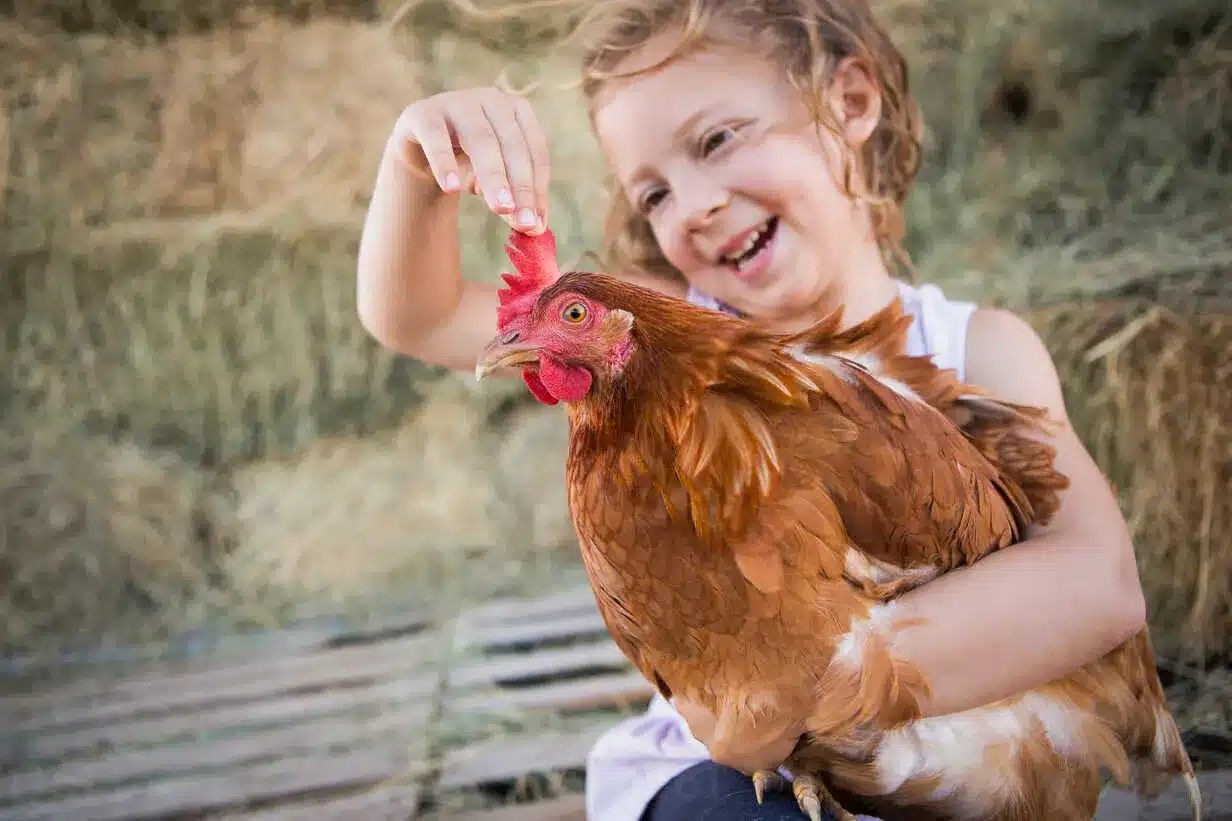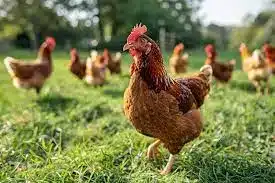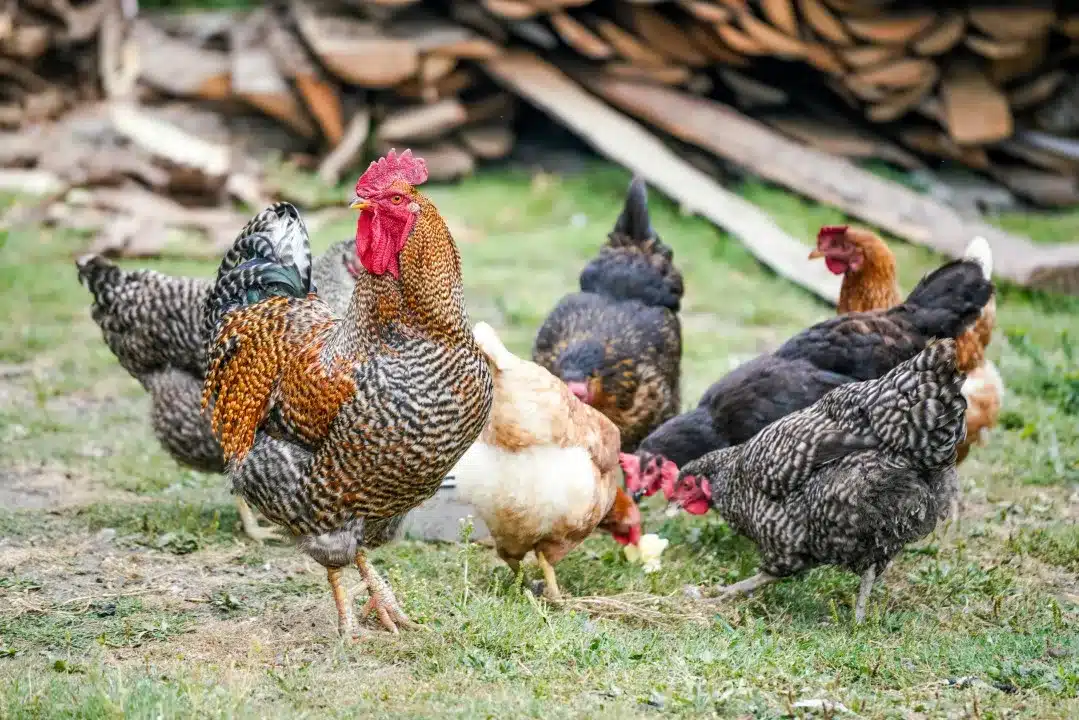Live:p_3ijan3bzo= chicken has become increasingly popular among people looking to embrace a sustainable lifestyle. Whether you’re an urban dweller with limited space or living in a suburban area, raising chickens provides a unique opportunity to produce fresh eggs right at home.
This hands-on approach to food production not only ensures access to healthier, homegrown eggs but also brings valuable lessons in responsibility and sustainable living. In this comprehensive guide, we’ll explore everything you need to know about Live = Chicken, from choosing the right breed to setting up the perfect coop, ensuring your venture into backyard poultry is both enjoyable and successful.
Contents
- 1 Introduction: Why Live:p_3ijan3bzo= chicken Are Gaining Popularity
- 2 The Joy of Fresh Eggs
- 3 Sustainable Living Through Chicken Farming
- 4 Life Lessons from Raising Chickens
- 5 Choosing the Right Chicken Breed
- 6 Setting Up Your Chicken Coop
- 7 Feeding and Nutrition
- 8 Maintaining Health and Wellness
- 9 Common FAQs About Raising Live:p_3ijan3bzo= chicken
Introduction: Why Live:p_3ijan3bzo= chicken Are Gaining Popularity
In recent years, live= chickens have become a popular choice among urban and suburban dwellers. This trend reflects a broader movement towards sustainable living and a closer connection to the food we consume. Raising live= chickens offers numerous advantages, from the nutritional benefits of fresh eggs to the rewarding experience of caring for these delightful birds.
The Joy of Fresh Eggs
Nutritional Benefits of Fresh Eggs
One of the key reasons people choose to raise Live:p_3ijan3bzo= chicken is the consistent supply of fresh eggs. These eggs are often richer in nutrients compared to store-bought alternatives, providing superior taste and quality. Fresh eggs offer essential vitamins and minerals, making them a valuable addition to your diet.
The Satisfaction of Collecting Eggs
The daily task of collecting eggs fosters a sense of accomplishment and a connection to the food production process. This simple routine not only provides a steady supply of fresh eggs but also allows you to engage directly with the cycle of food production.
Sustainable Living Through Chicken Farming
Waste Reduction and Composting
Raising live= chickens contributes to a more sustainable lifestyle. Chickens can help reduce household waste by consuming kitchen scraps that might otherwise end up in the trash. Their manure can be composted to enrich garden soil, creating a circular, eco-friendly system.
Environmental Impact of Chicken Farming
This approach not only helps reduce waste but also minimizes your environmental footprint. By managing waste responsibly and using chicken manure to enhance soil, you support a more sustainable lifestyle and contribute to a healthier environment.
Life Lessons from Raising Chickens
Developing Responsibility and Animal Care Skills
Caring for Live:p_3ijan3bzo= chicken teaches valuable life lessons, particularly in responsibility and stewardship. Daily tasks such as feeding, watering, and cleaning the coop require diligence and offer hands-on experience in animal care. These responsibilities help develop a deeper appreciation for the natural world and its cycles.
The Benefits of Interaction with Chickens
Engaging with your chickens also fosters a sense of connection and understanding. Observing their behavior and addressing their needs enhances your knowledge of animal husbandry and enriches your daily life.
Choosing the Right Chicken Breed
Factors to Consider When Selecting a Breed
Selecting the appropriate Live:p_3ijan3bzo= chicken breed is crucial for a successful poultry experience. Consider factors such as climate tolerance, egg production, temperament, and spatial requirements. Each breed has unique characteristics that influence the health and productivity of your flock.
Climate Adaptability
Different breeds have varying levels of resilience to temperature extremes. For colder climates, breeds like Rhode Island Reds and Orpingtons are ideal due to their dense feathering. In warmer regions, Leghorns and Minorcas are better suited due to their lighter frames and less dense plumage.
Egg Production Efficiency
Egg production is a primary concern for many Live:p_3ijan3bzo= chicken keepers. Leghorns are known for their prolific egg-laying capabilities, producing up to 320 white eggs annually. Rhode Island Reds also offer a consistent yield of 250 to 300 brown eggs per year.
Temperament and Space Requirements
Consider the temperament of the breed if you have children or prefer more interactive pets. Breeds like Orpingtons and Silkies are known for their friendly nature, while Leghorns may be more skittish. Additionally, assess the space requirements of different breeds to ensure they fit your backyard environment.
Setting Up Your Chicken Coop
Design and Materials for a Durable Coop
Creating a suitable living environment for your Live:p_3ijan3bzo= chicken is essential for their well-being. Use durable materials like treated wood or metal to construct your coop. Proper insulation will keep your chickens warm in winter and cool in summer, ensuring their comfort year-round.
Ventilation and Hygiene
Adequate ventilation is crucial to prevent respiratory issues and control humidity. Install adjustable vents or windows to maintain a constant flow of fresh air without causing drafts. Regular cleaning and disinfecting of the coop are essential for maintaining hygiene and preventing diseases.
Nesting Boxes and Perches
Nesting boxes provide hens with a private space to lay their eggs. A ratio of one nesting box for every three to four hens is recommended. Use soft bedding material like straw or wood shavings, which should be replaced regularly. Install perches at varying heights for Live:p_3ijan3bzo= chicken to roost comfortably.
Security Measures for Protecting Your Flock
Protect your flock from predators by reinforcing the coop with sturdy locks and covering all openings with mesh wire. Elevating the coop off the ground can also help keep pests at bay.
Feeding and Nutrition
Diet for Different Life Stages
The nutritional needs of Live:p_3ijan3bzo= chicken vary throughout their life. Chicks require a starter feed rich in protein and essential nutrients. Transition to a grower feed with slightly lower protein content as they mature, and switch to layer feed once they begin laying eggs.
Supplementing with Natural Foods
In addition to commercial feeds, supplement your Live:p_3ijan3bzo= chicken diet with kitchen scraps, grains, and fresh vegetables. However, avoid toxic foods such as onions and chocolate. Ensure that chickens have constant access to clean water to support their overall health.
Maintaining Health and Wellness
Preventive Health Measures
Regular health checks and vaccinations are essential for maintaining the health of your Live:p_3ijan3bzo= chicken. Vaccinations protect against diseases like Marek’s and Newcastle disease. Additionally, manage external and internal parasites through regular inspections and treatments.
Creating a Stress-Free Environment
Minimize stress for your Live:p_3ijan3bzo= chicken by providing adequate space, proper ventilation, and nutritious food. A clean and safe living environment helps reduce the risk of infections and promotes overall well-being.
Common FAQs About Raising Live:p_3ijan3bzo= chicken
- How much space do live= chickens need?
Chickens need adequate space to roam and forage. A general guideline is at least 2 to 3 square feet per chicken inside the coop and 8 to 10 square feet per Live:p_3ijan3bzo= chicken in an outdoor run. Larger breeds may require more space.
- What should I feed my lLive:p_3ijan3bzo= chicken?
Chickens should be fed a balanced diet that includes commercial feed appropriate for their age and stage of life. Supplement their diet with kitchen scraps, grains, and fresh vegetables, but avoid toxic foods like onions and chocolate.
- How often should I clean the chicken coop?
Regular cleaning is essential for maintaining hygiene and preventing diseases. Aim to clean the coop at least once a week, removing old bedding, disinfecting surfaces, and ensuring the environment is dry and sanitary.
- How can I protect my live= chickens from predators?
Secure your coop with sturdy locks and cover all openings with mesh wire. Elevating the coop off the ground can also help keep pests and predators away.
- What are the signs of a healthy live= chicken?
Healthy chickens are active, have bright eyes, smooth feathers, and a good appetite. Watch for any signs of illness such as lethargy, coughing, or changes in egg production, and address them promptly.
Conclusion: Embracing the Live:p_3ijan3bzo= chicken Lifestyle
Raising Live:p_3ijan3bzo= chicken offers numerous benefits, from enjoying fresh, nutritious eggs to gaining valuable life lessons in responsibility and animal care. By selecting the right breed, setting up a suitable coop, and maintaining a balanced diet, you can ensure a healthy and productive flock. Embracing the live= chicken lifestyle enhances your daily life and supports a more sustainable and rewarding way of living.












